In the era of globalization, one document can open up a whole world. And we are not talking about a visa, but about the right to be called a subject of one of the most stable, developed, and respected countries in Europe. The question of what the Dutch passport provides is of interest not only to those who want to relocate. It is also asked by those seeking a path to complete freedom of movement, better education, healthcare, and financial stability. Status is not just a piece of paper, but a tool that allows you to live, work, and develop within and beyond the EU on equal terms with native Europeans.
What the Dutch passport provides: an official path to European opportunities
The document not only grants access to the Schengen Area but to the whole world. Citizens of the country gain access to the strongest social institutions in Europe, full legal protection, and one of the highest standards of living on the planet. Additionally, the advantages of a Dutch passport include political, educational, and economic freedoms recognized in dozens of countries.
Visa-free regime: over 180 destinations without bureaucracy
With this status, you can forget about visa centers, queues, and numerous forms. The document grants the right to travel without restrictions to more than 180 countries, including the USA, Canada, Australia, Japan, and South Korea. For those wondering where they can travel visa-free with a Dutch passport, it is worth checking the lists of leading global rankings: the document confidently ranks in the top 10 for international mobility. Understanding what the Dutch passport provides in this context starts with global travel comfort — and this is just the beginning.
Working in the EU without permits and quotas
Citizenship opens all doors in the European Union labor market. There is no need to obtain permits or meet quotas: you can freely enter into employment contracts, change employers, start individual entrepreneurship, and enjoy all the rights provided by EU legislation. Working in the EU becomes not a privilege, but a norm — with decent pay, social protection, and professional prospects.
Education for children and adults on equal terms with natives
Dutch status provides access to educational programs at all levels: from preschool institutions to master’s programs at European universities. Document holders study under the same rules as EU citizens, including participation in scholarship and exchange programs. Education in the Netherlands is known for its practicality, scientific depth, and interdisciplinary approach. Additionally, diplomas from Dutch universities are recognized worldwide. For those planning long-term integration into the European system, it is important to understand in advance what the Dutch passport provides in terms of academic prospects and career start.
Healthcare: access to the best EU system
The Dutch healthcare system is among the most efficient and technologically advanced in the world. With citizenship, you have unlimited access to medical institutions, insurance programs, prevention, and treatment without restrictions. Healthcare applies to both citizens and family members. Diagnostics, surgery, dentistry, and mental health — all are available with a quality rarely found outside the EU.
Quality of life, recognized as one of the best in the world
The Netherlands consistently ranks high in ratings for safety, ecology, transportation, urban planning, and work-life balance. Life in the Netherlands with a passport means stability, accessible infrastructure, equal opportunities, and cultural diversity.
Financial system and access to credit resources
National affiliation provides access to banking and investment instruments previously unavailable. Banks readily offer loans at favorable rates for both consumer purposes and mortgages. In the Netherlands, loans can be taken for a long term, with transparent documentation and without the need for additional guarantees. Additionally, residents can participate in government support programs for subsidized housing and energy-efficient solutions, significantly reducing the cost of living and property maintenance.
Political rights and protection of interests in the EU
The Netherlands is one of the oldest democracies in Europe, and every resident can influence the country’s governance: vote in elections, stand for public office, participate in community life. Additionally, protection of rights at the European Court is possible. Citizens’ rights such as freedom of speech, assembly, religion, and personal inviolability are not just written in laws here — they are strictly observed.
How to obtain a Dutch passport: procedure and conditions
The path to citizenship involves meeting official requirements:
- Residence permit of at least five years with continuous residence in the country;
- Passing an exam on language and social integration;
- Renunciation of previous citizenship (in most cases);
- No criminal record, debts, or violations of visa regulations;
- Official registration at the place of residence and stable income.
The application process involves document collection, payment of fees, attending an interview, and approval by the royal chancellery.
Features of the Dutch citizenship model
The Dutch Kingdom does not recognize dual citizenship in most cases. Obtaining citizenship implies renouncing other allegiances. However, there are exceptions for spouses of Dutch citizens, political refugees, stateless persons. The system is oriented towards integration, not simply “buying a piece of paper.”
Tips for those planning to become Dutch citizens
To go from resident to citizen, consider the following in advance:
- Prepare for the integration exam — not just a formality but a serious step;
- Study the culture and language of the country — it will help you integrate into the community faster;
- Do not violate immigration laws — the slightest deviation can nullify the entire process;
- Maintain legal income and stable residence;
- If possible, consult with an immigration lawyer.
Each step is not just a bureaucratic checkbox but part of a conscious process, at the end of which you receive exactly what the Dutch passport provides: stability, freedom, scale, and confidence in tomorrow.
What the Dutch passport provides: the key points
When exploring what the Dutch passport provides, it is impossible not to notice: it offers not only freedom of movement and access to Europe but also a new level of life in immigration. The document opens up global horizons, provides confidence in the future, and integrates you into one of the most advanced legal and social systems in the world.
The benefits of a Dutch passport cannot be summed up in a single sentence — it is a comprehensive restructuring of your legal and social reality. If you are ready for change, the path is open. All that remains is to take the first step — and one day receive a state identifier that will change everything.

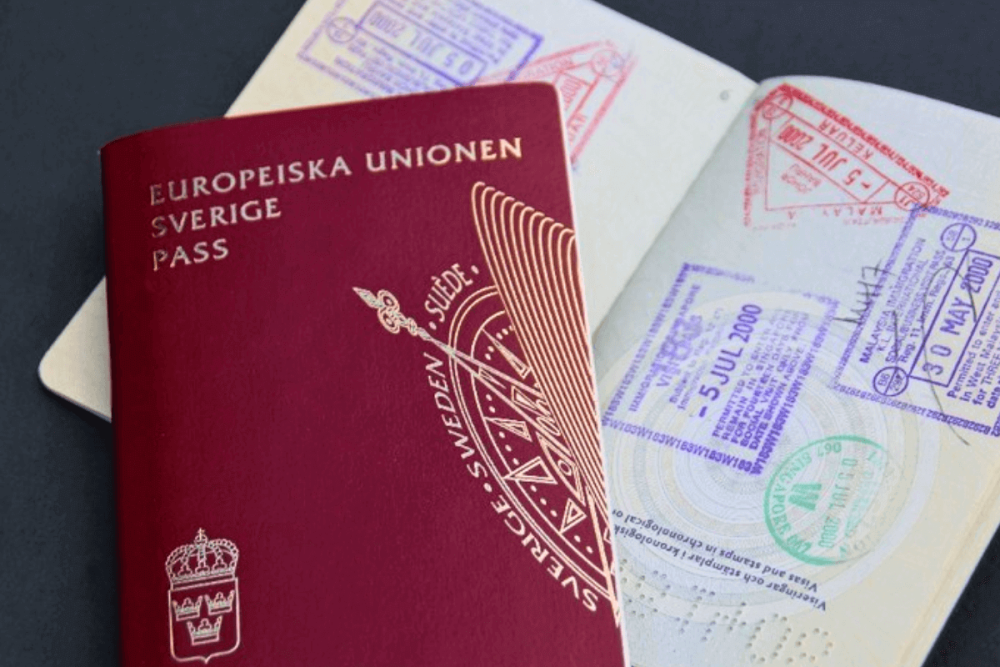

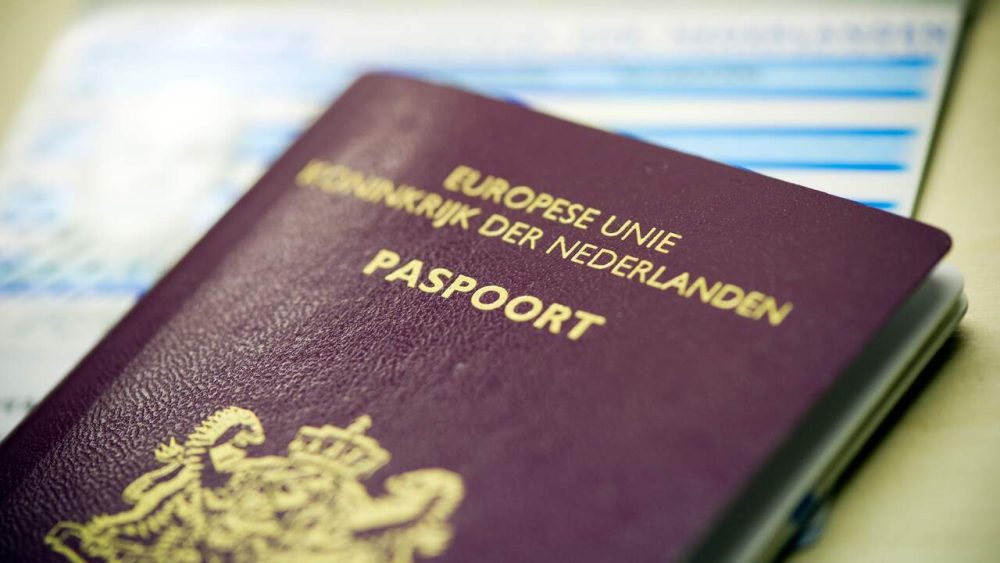
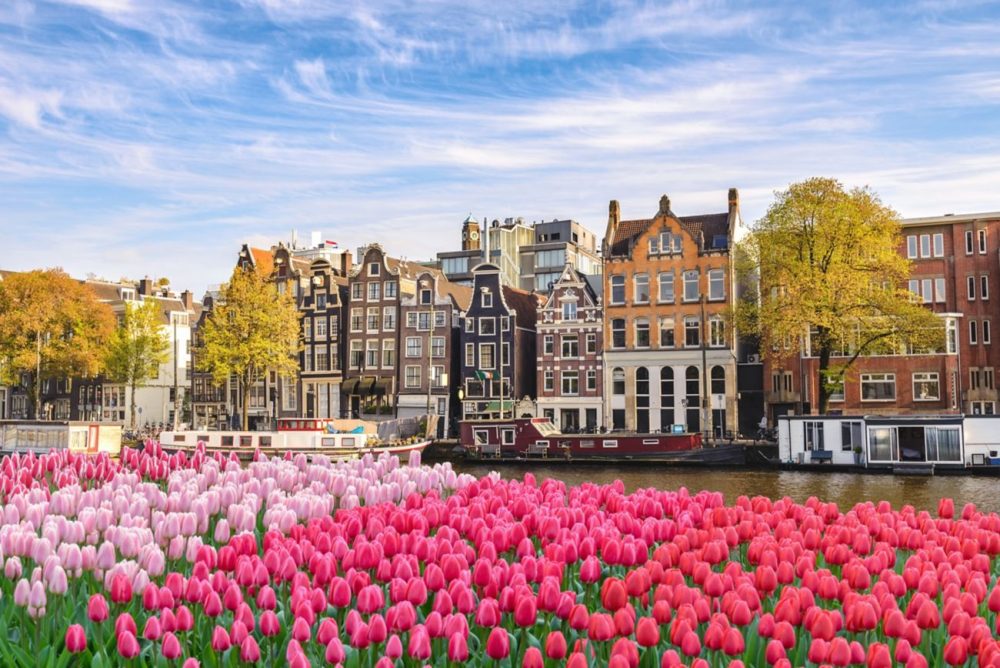






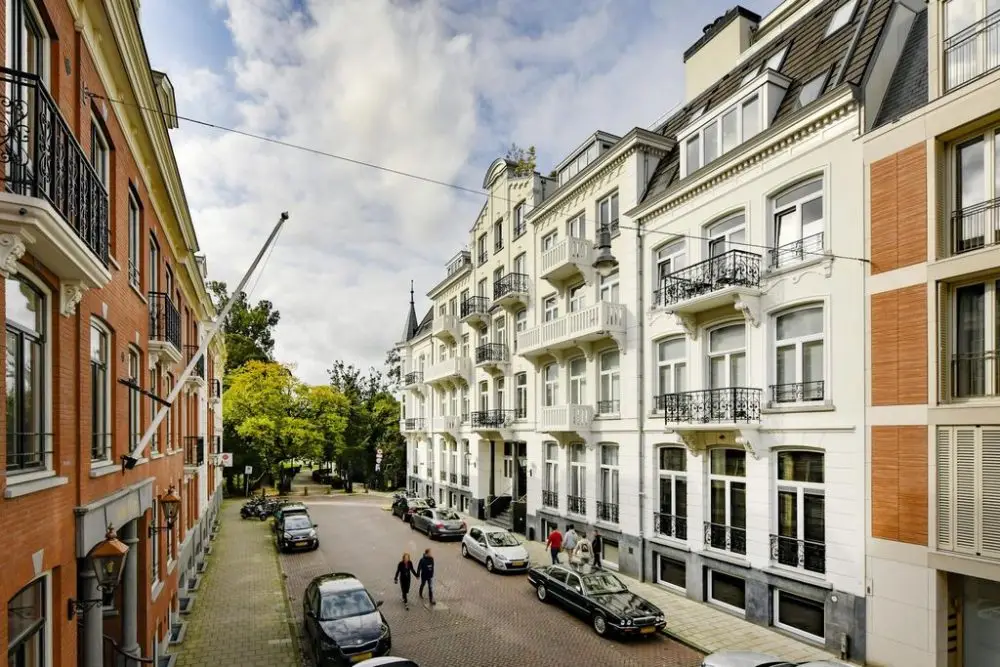
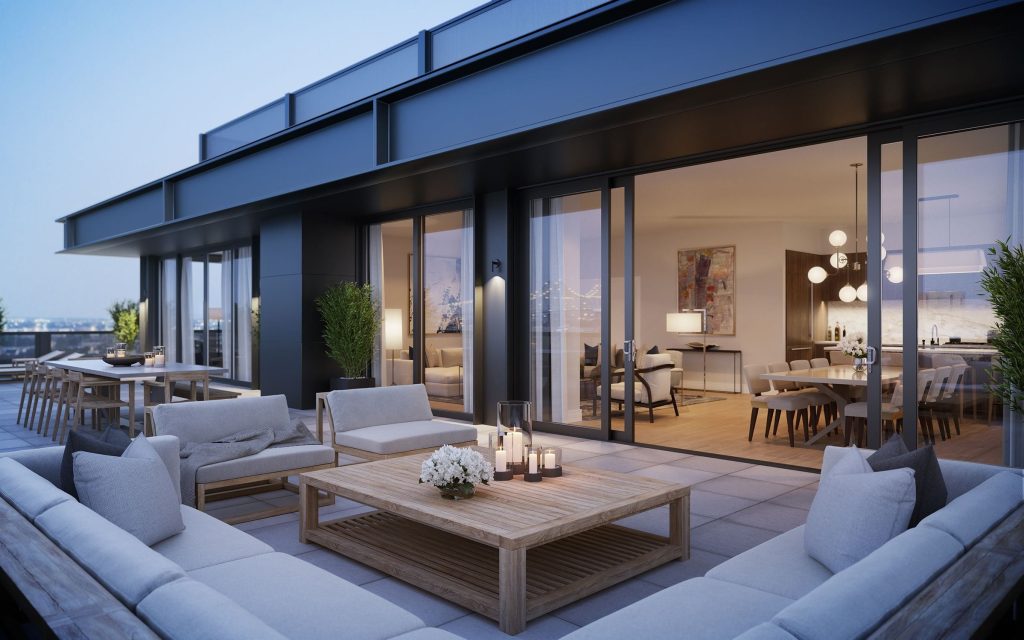 The variety of formats determines the market. The types of luxury real estate are distributed as follows:
The variety of formats determines the market. The types of luxury real estate are distributed as follows: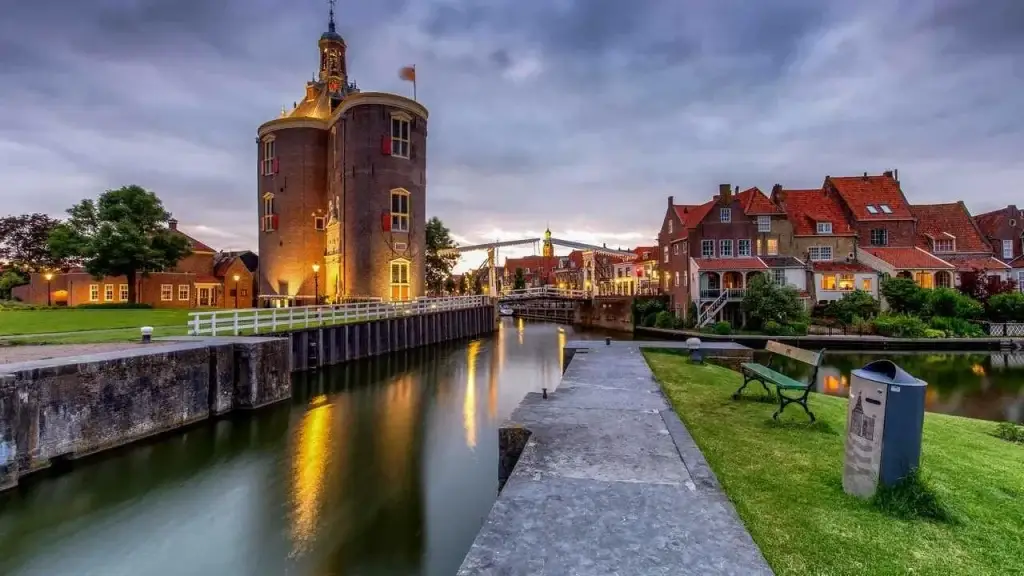 The market confirms that luxury housing retains liquidity in any economic environment. The segment is resistant to inflation and offers a high level of privacy, comfort and quality. What is investment in luxury real estate: investments bring not only income, but also inclusion in a narrow circle of owners of unique assets that preserve and increase capital in the long term.
The market confirms that luxury housing retains liquidity in any economic environment. The segment is resistant to inflation and offers a high level of privacy, comfort and quality. What is investment in luxury real estate: investments bring not only income, but also inclusion in a narrow circle of owners of unique assets that preserve and increase capital in the long term.
 The Netherlands offers a variety of segments. Housing is available for personal ownership without land lease or temporary rights. A foreigner acquires an object with the right of full registration in the cadastre.
The Netherlands offers a variety of segments. Housing is available for personal ownership without land lease or temporary rights. A foreigner acquires an object with the right of full registration in the cadastre. Is it possible to buy a property in the Netherlands for a foreigner: the rules remain one of the most transparent in Europe. The transaction is possible without restrictions on citizenship, and the procedure itself protects the rights of a non-resident. It is important to comply with the requirements for documents, take into account taxes and plan all expenses in advance.
Is it possible to buy a property in the Netherlands for a foreigner: the rules remain one of the most transparent in Europe. The transaction is possible without restrictions on citizenship, and the procedure itself protects the rights of a non-resident. It is important to comply with the requirements for documents, take into account taxes and plan all expenses in advance.





